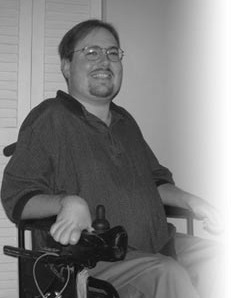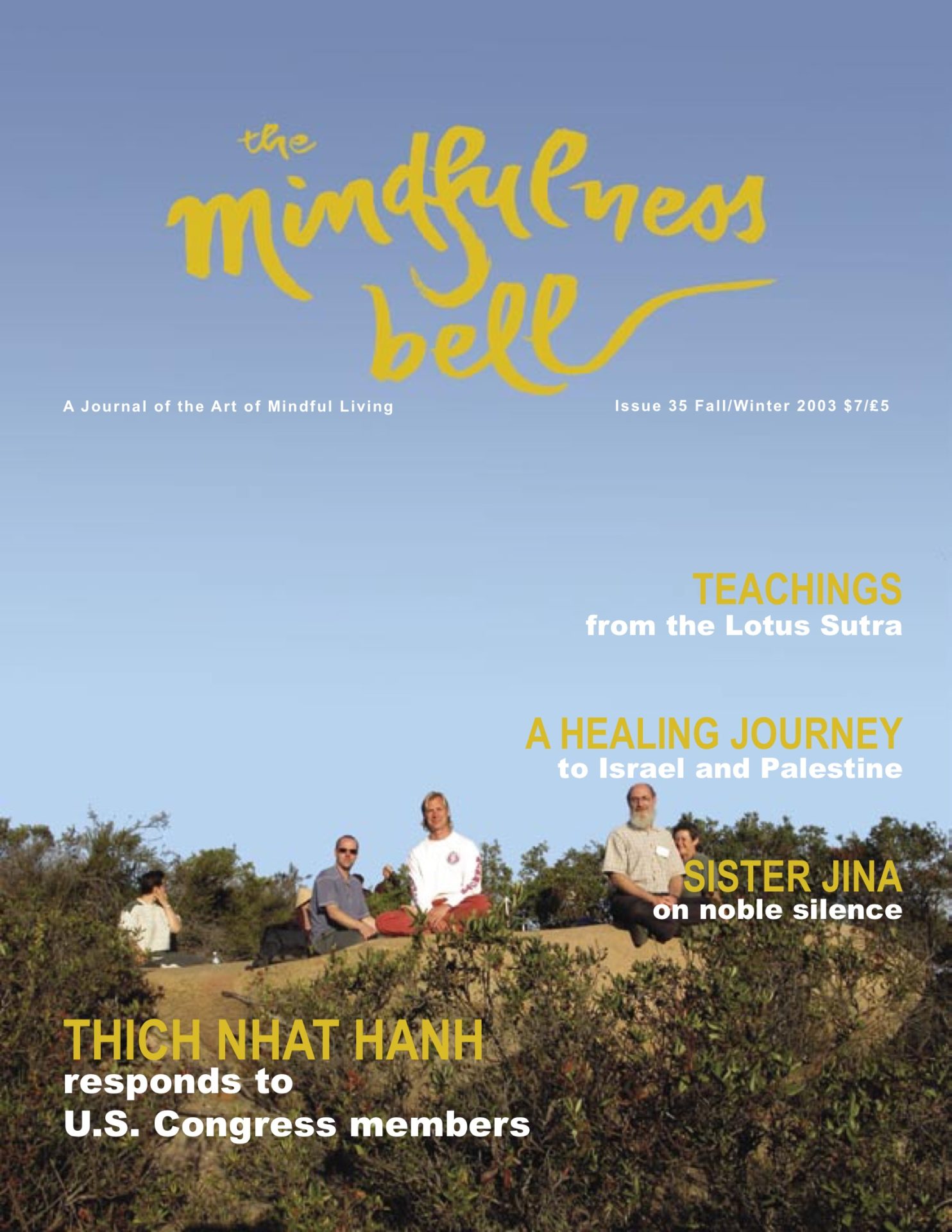By Matthew Huston
Recently attending my first retreat with Thich Nhat Hanh at Stonehill College in Easston, Massachusetts, a few folks asked me how I do walking meditation, since I was disabled when I was a little over a year old and have needed to use a wheelchair since then.
This was the first time I’d ever thought about how I have developed my own method of mindful walking in a wheelchair.
By Matthew Huston
Recently attending my first retreat with Thich Nhat Hanh at Stonehill College in Easston, Massachusetts, a few folks asked me how I do walking meditation, since I was disabled when I was a little over a year old and have needed to use a wheelchair since then.
This was the first time I’d ever thought about how I have developed my own method of mindful walking in a wheelchair. To me, it just happened. It was like driving a car; you learn the movements of it, and soon you are able to simply do it. There are many aspects of Buddhist practice that have made me think deeply about how a person with a disability could do them. At first I skipped what I felt was just out of my reach. Touching the Earth was one of those, and of course walking meditation. The natural and meditative rhythm of walking was lost on me. So, mindfully, I began to explore a way to find my own way to “walk” mindfully.

I move along in my chair with the same expertise that people drive their cars or ride bicycles after they learn and do it over a period of time. I used to take the bus to work, and the stop was nearly a mile from my home. So I would leave early and drive my wheelchair down to the stop. Breathing mindfully as I went, I began to notice something that had been melded into the background of my travel—the separation between squares of concrete that make up a sidewalk. These cracks are evenly spaced, and I recognized that the wheels of my chair hit them in a pattern of sound and motion. It was not like taking a step, but now I saw a way of creating my own meditation in motion. I could breathe deeply, mindful of each bump of my wheels on the way. I was following the turning of my wheels in rhythm like those of people’s feet.
Aware of this, I use mindful walking for all my travels in my chair. And in the same manner, I discovered other things. First was the habit of moving my free hand for no reason as I traveled. With my right hand I drove the chair, which gave my left hand nothing to do, but I would move it around a lot. Aware of my motion and my breathing, I stopped moving my left hand, relaxing it and letting it lie still. There was no need for movement other than moving forward, and being aware of what was around me.
I also had an insight about the earth beneath me. I noticed the differences in feeling when moving over smooth concrete, or over bricks embedded in the ground, or moving over grass. The sound of my wheels changed as the surface changed. I was aware that when I went up a rise or hill, that gravity was pulling on me in a way I had never paid attention to before. I was mindful of it all.
In this way, I have touched the Earth more than I could have imagined. It has been almost two years since I developed this way of walking mindfully, and it has been a practice ever since.
Matthew Huston is thirty years old, and works at VITAS Hospice in Central Florida, as a Performance Improvement Specialist. He has practiced mindfulness for four years.

